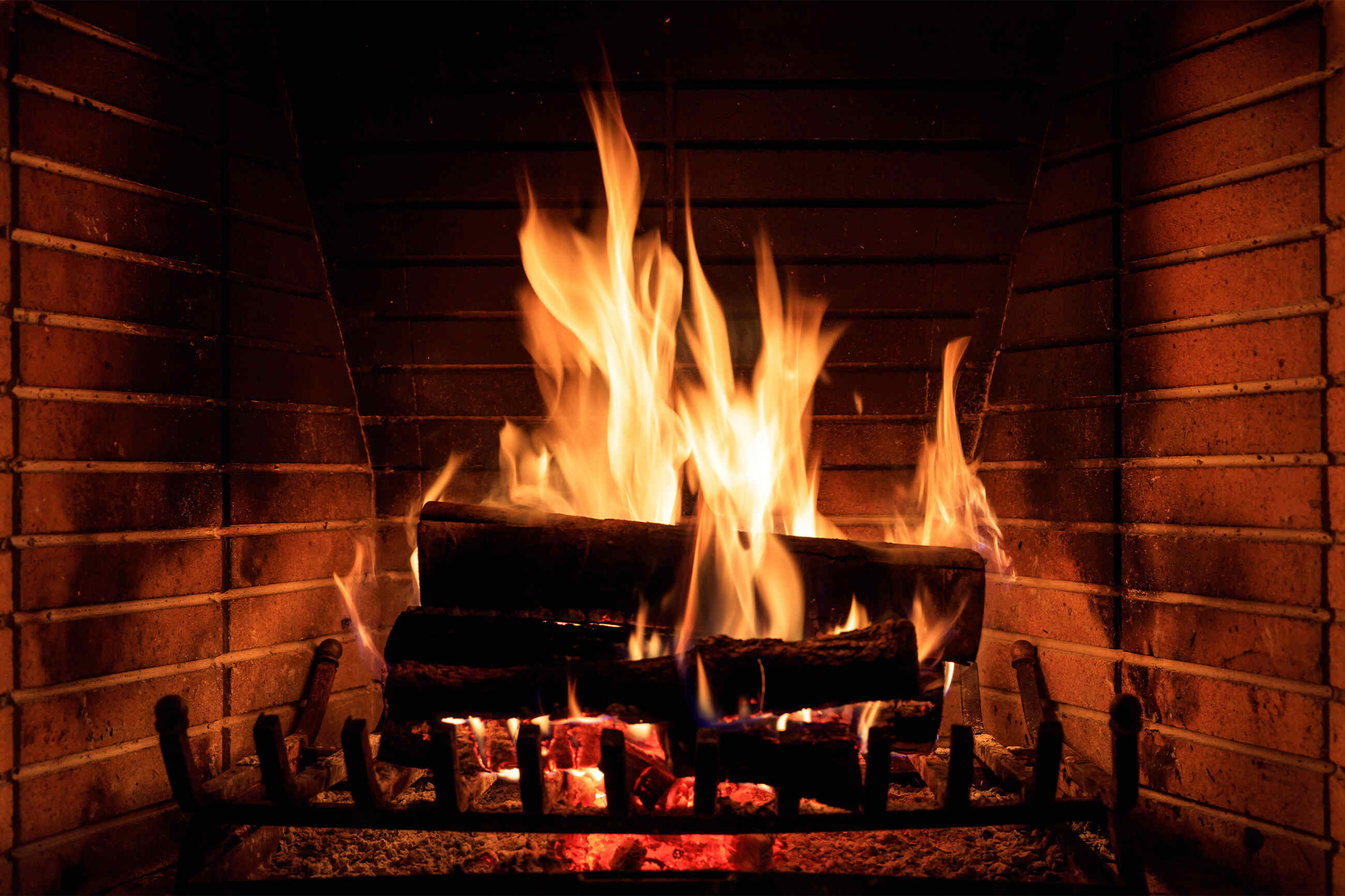

Articles
How Hot Does A Chimney Get
Modified: October 20, 2024
Discover how hot a chimney can get with our informative articles. Learn about the temperatures chimneys can reach and how to ensure safe operation.
(Many of the links in this article redirect to a specific reviewed product. Your purchase of these products through affiliate links helps to generate commission for Storables.com, at no extra cost. Learn more)
Introduction – Importance of understanding chimney temperature
When it comes to the safe and efficient operation of a chimney, understanding its temperature is of utmost importance. The temperature inside a chimney can have a significant impact on its performance and longevity, as well as the safety of your home.
Chimneys are designed to safely remove combustion byproducts, such as smoke, gases, and debris, from the fireplace or stove. To ensure this happens effectively, it is crucial to maintain the appropriate temperature within the chimney.
There are several factors that can affect the temperature of a chimney, including the type of fuel being burned, the burn rate, chimney design, insulation, and outside weather conditions. Monitoring and controlling the chimney temperature can help prevent potential risks such as chimney fires, structural damages, and damage to nearby combustible materials.
In this article, we will explore the factors that influence chimney temperature, discuss typical temperature ranges, explain how to measure chimney temperature, highlight the potential risks of high chimney temperatures, and provide effective strategies to reduce chimney temperature.
By gaining a better understanding of these aspects, you will be equipped with the knowledge to ensure the safe and efficient operation of your chimney, keeping you and your home protected.
Key Takeaways:
- Properly monitoring and controlling chimney temperature is crucial for preventing chimney fires, structural damage, and ensuring the safety and longevity of your home.
- Understanding the factors influencing chimney temperature and implementing measures like insulation and regular maintenance are key to maintaining safe and efficient chimney operation.
Read more: How Hot Does Chimney Pipe Get
Factors Affecting Chimney Temperature
Several factors can influence the temperature inside a chimney. Understanding these factors is essential in maintaining a safe and efficient chimney operation. Let’s explore the key elements that have a direct impact on chimney temperature.
Fuel type
The type of fuel being burned in the fireplace or stove significantly affects chimney temperature. Different fuels have different combustion characteristics and produce varying amounts of heat. For example, wood burns at a higher temperature than natural gas. It’s important to be aware of the burning characteristics of your chosen fuel and adjust your chimney operation accordingly.
Burn rate
The burn rate, or how fast the fuel is combusting, plays a role in chimney temperature. When the burn rate is higher, more heat is produced, resulting in higher chimney temperatures. Controlling the burn rate through proper airflow and fuel management can help regulate the temperature within the chimney.
Chimney design
The design of the chimney itself can impact its temperature. Factors such as the length, diameter, and construction materials of the chimney can influence the heat transfer and airflow dynamics. For example, a properly designed chimney with adequate insulation will retain more heat and maintain higher temperatures.
Read more: How Hot Does Fireplace Get
Insulation
Insulation plays a critical role in preventing heat loss and maintaining optimal chimney temperature. A well-insulated chimney minimizes heat transfer to the surrounding walls or other structures, ensuring that the heat is channeled up and out of the chimney, maximizing efficiency and reducing the risk of structural damage.
Weather conditions
External weather conditions can also affect chimney temperature. Cold outdoor temperatures can cool down the chimney faster, reducing its overall temperature. Strong winds can increase draft and impact the airflow, potentially affecting the temperature as well. Being mindful of the weather conditions and adjusting the chimney operation accordingly can help maintain the desired temperature.
By considering and managing these factors, you can effectively control and optimize the temperature within your chimney. This will not only ensure the safe operation of your chimney but also enhance its efficiency and longevity.
Typical Chimney Temperatures
The temperature inside a chimney can vary depending on various factors, including the type of fuel, burn rate, chimney design, insulation, and weather conditions. Understanding the typical temperature ranges can help you monitor and maintain the optimal temperature for safe and efficient chimney operation.
For wood-burning fireplaces or stoves, the average chimney temperature typically ranges between 300°F (149°C) and 600°F (316°C). However, during peak burning cycles or if the fireplace is operating at maximum capacity, the temperature can exceed 1000°F (537°C).
On the other hand, gas fireplaces usually have lower chimney temperatures. The average temperature for gas fireplaces ranges between 100°F (38°C) and 400°F (204°C). It is important to note that these temperatures are approximate and can vary depending on the type of gas and the specific fireplace design.
In some cases, chimney temperatures can reach extremely high levels during anomalies or malfunctions. For example, in the event of a chimney fire, temperatures can skyrocket to over 2000°F (1093°C). Chimney fires are incredibly dangerous and can cause significant damage to the chimney, surrounding structures, and even result in a house fire. Regular maintenance and proper operation are crucial in preventing such incidents.
Monitoring chimney temperature is essential to ensure that it remains within safe and efficient ranges. Installing a temperature gauge or thermometer can help you keep track of the temperature levels. This way, you can make any necessary adjustments to maintain a proper chimney temperature for the specific fuel and appliance you are using.
Keep in mind that these temperature ranges are general guidelines, and it is essential to consult the manufacturer’s recommendations for your specific fireplace or stove model. Additionally, if you notice any significant deviations from the typical temperature ranges or are unsure about the safety of your chimney, it is recommended to seek professional assistance from a licensed chimney sweep or technician.
By familiarizing yourself with typical chimney temperatures and being vigilant in monitoring them, you can ensure the safe and efficient operation of your chimney and enjoy the comforting warmth of your fireplace or stove.
Measuring Chimney Temperature
Measuring the temperature inside a chimney is crucial for maintaining safe and efficient operation. By monitoring the temperature, you can ensure that it remains within the recommended range for your specific fuel and appliance. Let’s explore the types of temperature gauges and the proper placement for accurate measurements.
Read more: How Hot Does Dishwasher Get
Types of temperature gauges
Several types of temperature gauges are available for measuring chimney temperature. Here are a few common ones:
- Probe Thermometer: This type of gauge features a probe that is inserted into the chimney to measure the temperature directly.
- Analog Thermometer: An analog thermometer typically has a dial display and is installed on the outside of the chimney or fireplace to measure the temperature.
- Digital Thermometer: Digital thermometers provide accurate and easy-to-read temperature readings and can be either inserted or mounted externally.
Choosing the right type of temperature gauge depends on your specific requirements and preferences. Consider factors such as accuracy, durability, and ease of use when selecting a temperature gauge for your chimney.
Proper placement of temperature gauges
The placement of the temperature gauge plays a crucial role in obtaining accurate measurements. Here are a few guidelines for proper placement:
- For wood-burning fireplaces or stoves, the temperature gauge should be placed at a safe distance from the firebox, ideally 18 inches (45 cm) or more above the appliance.
- The temperature gauge should be positioned on the interior wall of the chimney, away from any obstructions or openings that could affect the airflow or temperature readings.
- If using a probe thermometer, insert the probe into the chimney carefully to ensure it is in the correct location and securely positioned.
- For gas fireplaces, refer to the manufacturer’s guidelines for recommended placement of the temperature gauge. It is often located near the venting system to measure the temperature of the exhaust gases.
Regularly calibrate and check the accuracy of your temperature gauge to ensure reliable measurements. Follow the manufacturer’s instructions for maintenance and calibration procedures.
Remember that the temperature gauge provides essential information about the temperature inside the chimney, allowing you to monitor and adjust the operation as needed. By using the appropriate type of temperature gauge and placing it correctly, you can effectively measure and maintain the temperature within the desired range for safe and efficient chimney operation.
Potential Risks of High Chimney Temperatures
Maintaining proper chimney temperature is crucial for the safety of your home and the longevity of the chimney itself. High chimney temperatures can pose several risks, including chimney fires, structural damages, and damage to nearby combustible materials. Let’s explore these potential risks in more detail.
Chimney fires
One of the most significant risks of high chimney temperatures is the occurrence of chimney fires. When the temperature inside the chimney reaches extremely high levels, it can ignite the creosote deposits that have built up on the chimney walls. Creosote is a highly flammable substance that forms as a result of incomplete combustion. Once ignited, chimney fires can rapidly spread, posing a serious threat to both the chimney structure and the entire house. Regular chimney cleaning and maintenance are essential to minimize the buildup of creosote and reduce the risk of chimney fires.
Read more: How To Get Rid Of Chimney Smell
Structural damages
High chimney temperatures can also cause structural damages to the chimney itself. Excessive heat can lead to the deterioration of the mortar between the bricks or the expansion and contraction of metal chimney liners. Over time, this can weaken the integrity of the chimney, resulting in cracks, gaps, or even collapse. It is vital to monitor and regulate the temperature within the chimney to prevent long-term damage and ensure the structural stability of the chimney.
Damage to nearby combustible materials
In addition to the risks to the chimney structure, high temperatures can also cause damage to nearby combustible materials. If the chimney is not adequately insulated or maintained, the heat can transfer to surrounding walls, ceilings, or roof structures, potentially causing them to ignite. It is important to properly insulate the chimney and maintain a safe distance from any combustible materials to avoid the risk of fire.
To minimize these risks, it is essential to maintain the chimney within the recommended temperature ranges for your specific fuel and appliance. Regular chimney inspections, cleanings, and proper operation are key to ensuring the safe and efficient functioning of your chimney and reducing the potential hazards associated with high chimney temperatures.
Ways to Reduce Chimney Temperature
If you find that your chimney is consistently operating at high temperatures, it’s important to take proactive measures to bring the temperature within the recommended range. Here are some effective ways to reduce chimney temperature:
Using insulation materials
Insulating your chimney can significantly help in reducing heat transfer and maintaining lower chimney temperatures. Insulation materials, such as refractory mortar or vermiculite, can be applied to the interior walls of the chimney. These materials help retain heat within the flue, preventing it from radiating through the chimney structure and causing excessive temperatures. Proper insulation will not only improve the efficiency of your chimney but also protect against potential structural damage caused by high heat.
Read more: How Hot Does A Light Bulb Get
Properly sizing the flue
An improperly sized flue can contribute to high chimney temperatures. If the flue is too large for the fireplace or stove, it can lead to decreased draft and inefficient combustion, resulting in the buildup of heat within the chimney. On the other hand, if the flue is too small, it may cause inadequate ventilation and excessive heat retention. Ensuring that the flue is properly sized for your appliance can help regulate the chimney temperature and improve overall performance. Consult a professional chimney sweep or technician to assess and determine the appropriate flue size for your specific needs.
Regular chimney maintenance
Maintaining regular chimney maintenance is essential for reducing chimney temperature. Regular cleaning helps remove creosote buildup, which can contribute to high chimney temperatures and increase the risk of chimney fires. A professional chimney sweep can thoroughly clean the chimney and inspect for any obstructions or damages that may impact its performance. In addition to cleaning, regular inspections and maintenance can detect and address any issues that may be causing high temperatures, such as cracks in the chimney liner or damaged insulation. Timely maintenance ensures that your chimney operates safely and efficiently.
By implementing these measures, you can effectively reduce chimney temperature and maintain optimal operating conditions. Always consult with professionals and follow manufacturer’s guidelines for proper insulation installation, flue sizing, and chimney maintenance. The combined efforts of insulation, proper sizing, and regular maintenance will result in a safer, more efficient, and longer-lasting chimney.
Conclusion – Importance of Monitoring and Controlling Chimney Temperature for Safety and Efficiency
Monitoring and controlling the temperature within your chimney is paramount for both the safety and efficiency of your home. Understanding the factors that influence chimney temperature, measuring it accurately, and taking necessary steps to regulate it can prevent potential risks and ensure optimal performance.
By maintaining the appropriate chimney temperature, you reduce the likelihood of chimney fires, which can pose a significant threat to your home and family. Proper chimney temperature also helps prevent structural damage to the chimney and nearby combustible materials, ensuring the longevity of your chimney and the safety of your living space.
It is crucial to consider various factors that affect chimney temperature, such as the fuel type, burn rate, chimney design, insulation, and weather conditions. By understanding these factors, you can make informed decisions about the operation of your chimney and make adjustments when necessary.
Utilizing temperature gauges and placing them properly allows you to monitor the temperature accurately. This information empowers you to regulate the chimney’s performance for optimal safety and efficiency. Additionally, preventive measures like using insulation materials, sizing the flue correctly, and conducting regular chimney maintenance are essential steps in controlling chimney temperature and ensuring its proper operation.
Ultimately, maintaining and controlling the chimney temperature is not only about comfort and functionality; it is about keeping your home and loved ones safe. A well-maintained, properly functioning chimney provides peace of mind while enjoying the warmth and ambiance of a fireplace or stove.
In conclusion, understanding the importance of monitoring and controlling chimney temperature should be a priority for any homeowner with a chimney. By taking proactive steps, such as measuring temperature, mitigating risks, and implementing preventive measures, you can ensure a safe, efficient, and enjoyable experience with your chimney for years to come.
Frequently Asked Questions about How Hot Does A Chimney Get
Was this page helpful?
At Storables.com, we guarantee accurate and reliable information. Our content, validated by Expert Board Contributors, is crafted following stringent Editorial Policies. We're committed to providing you with well-researched, expert-backed insights for all your informational needs.
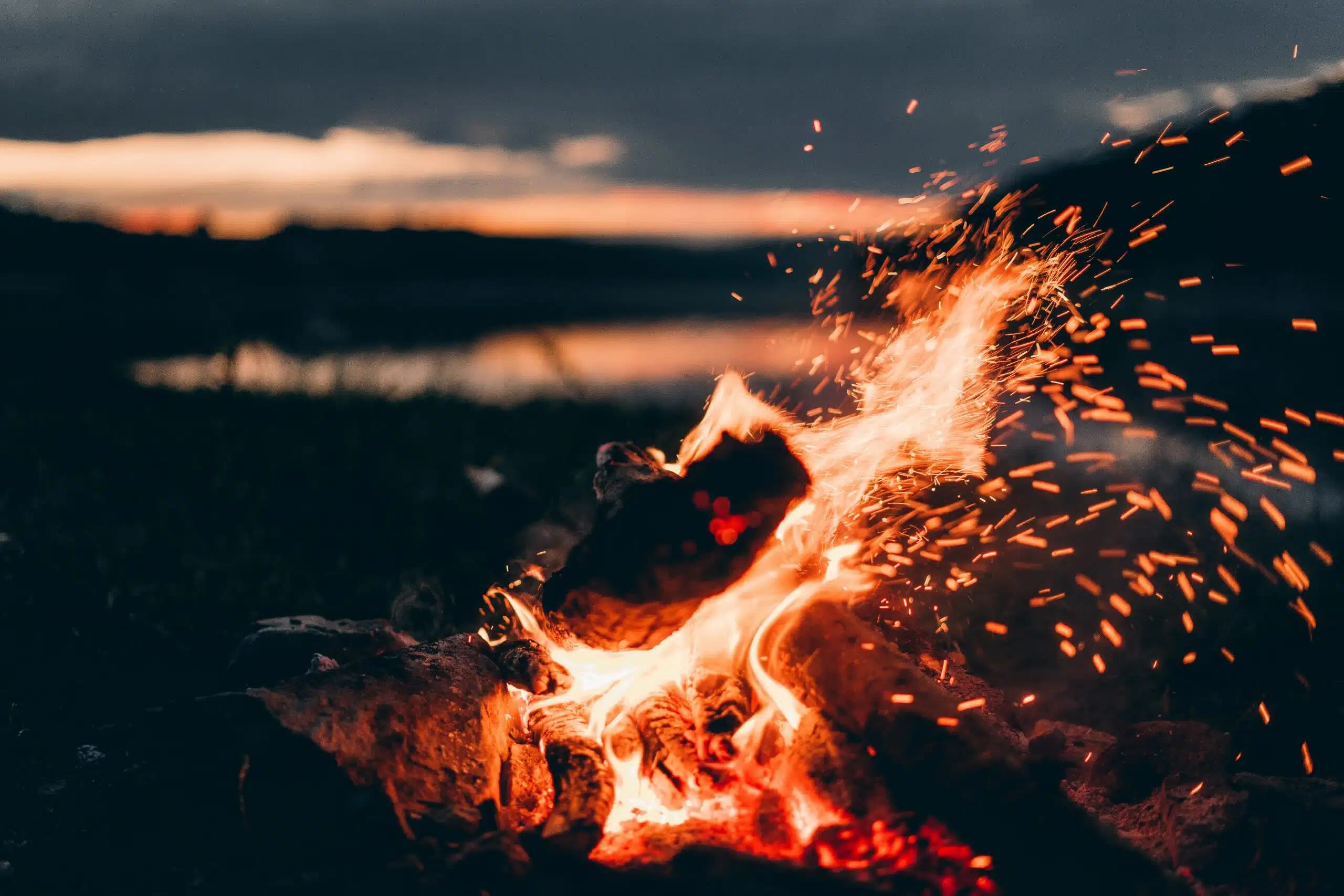
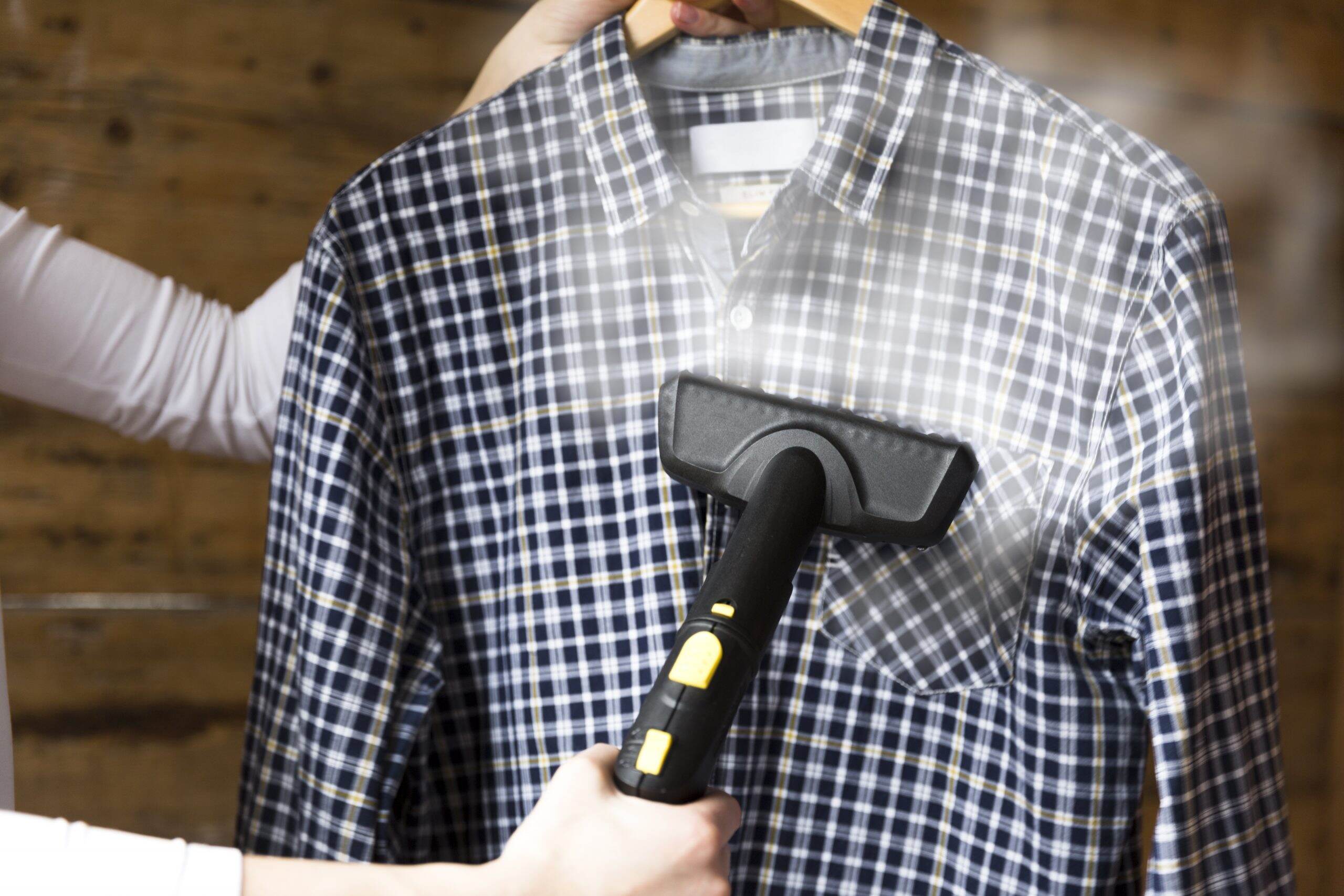
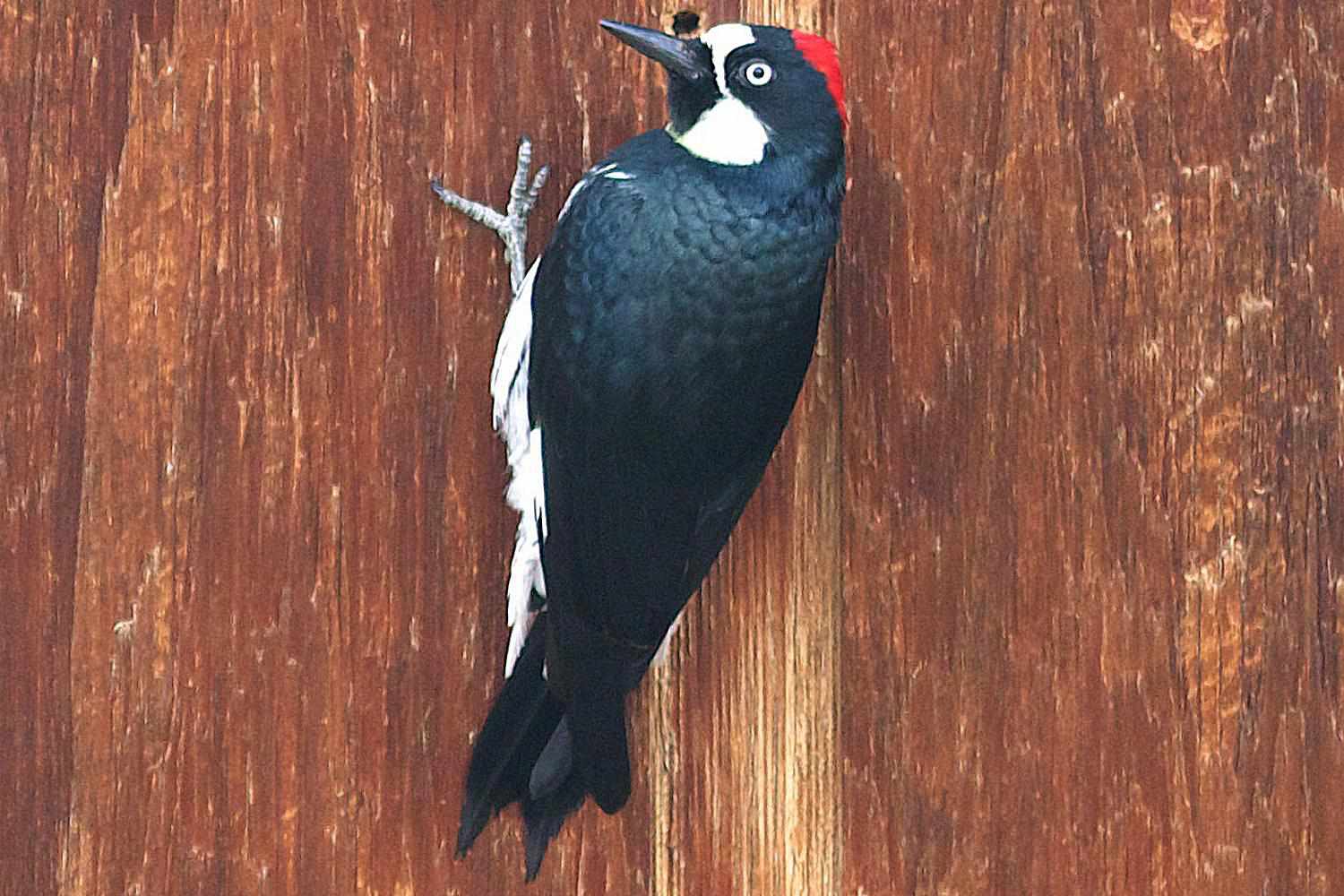

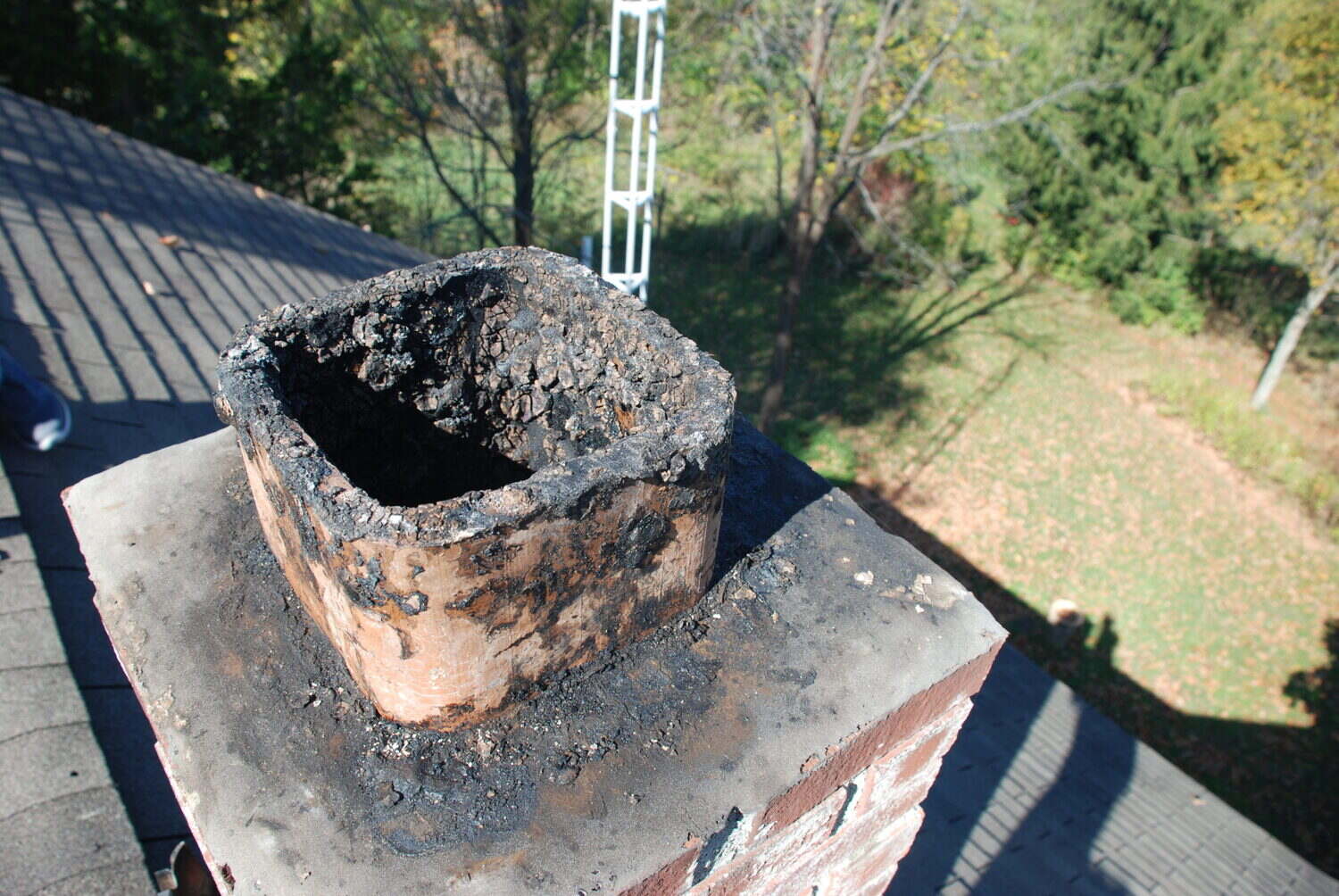
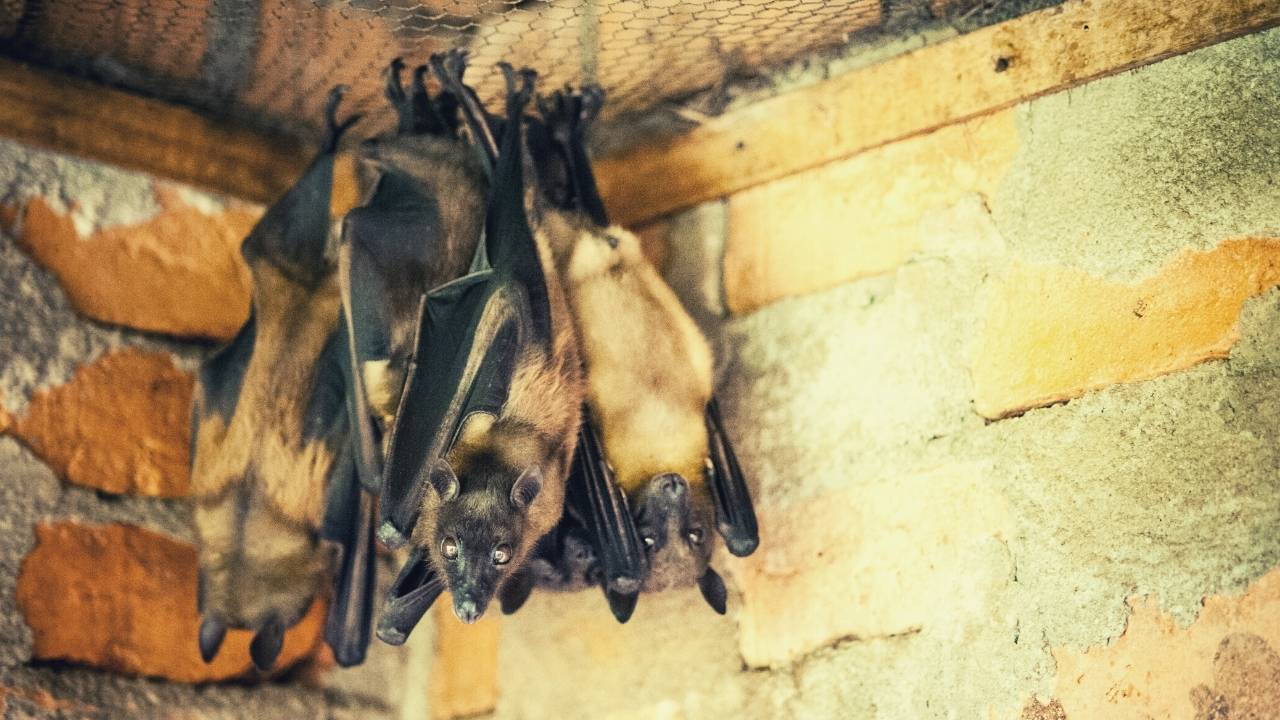

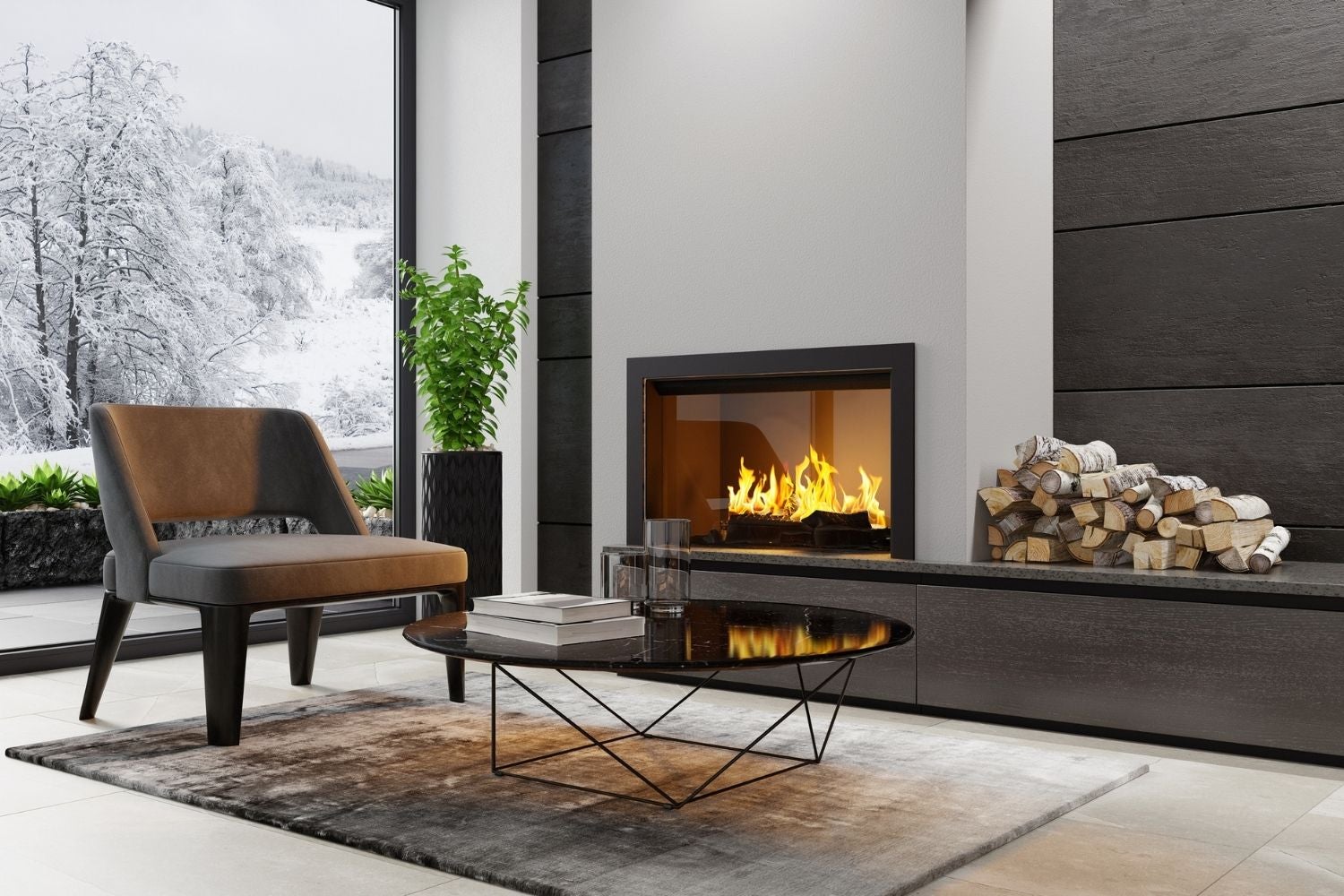
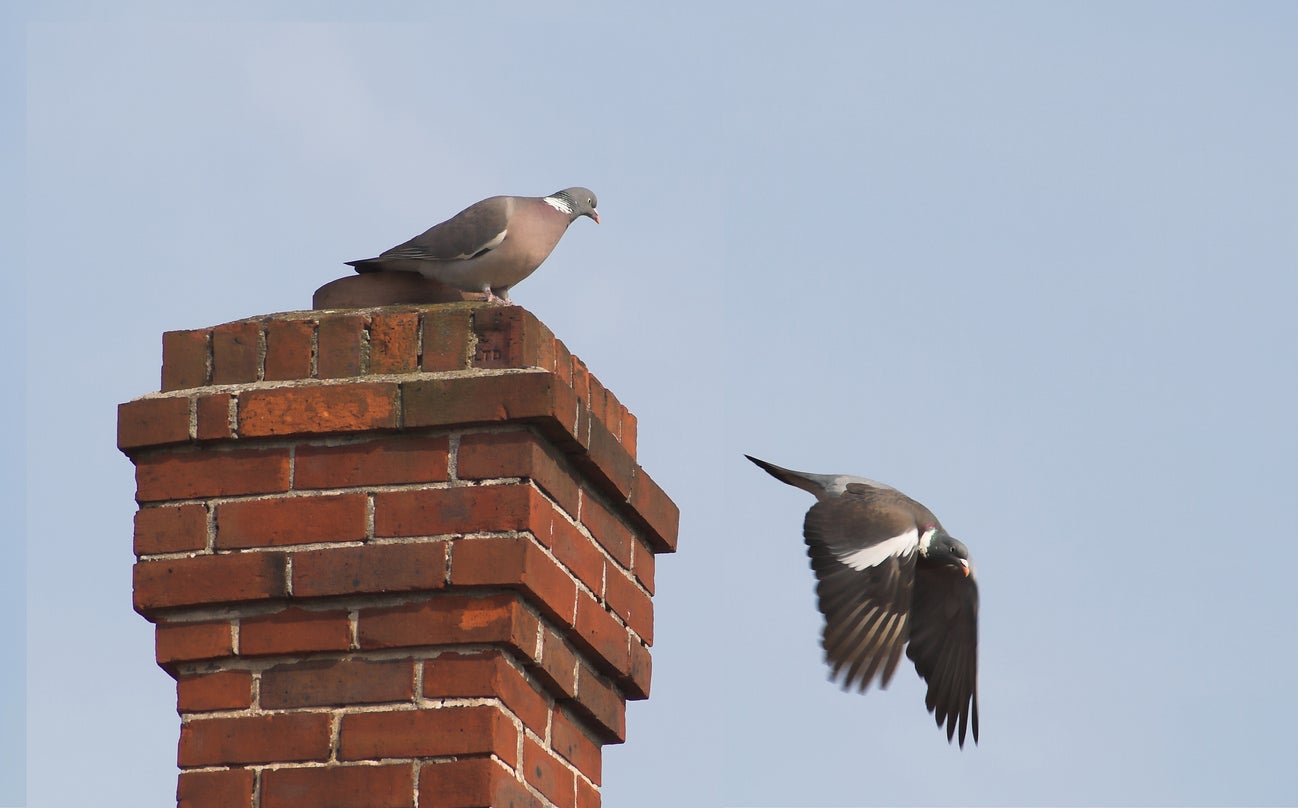
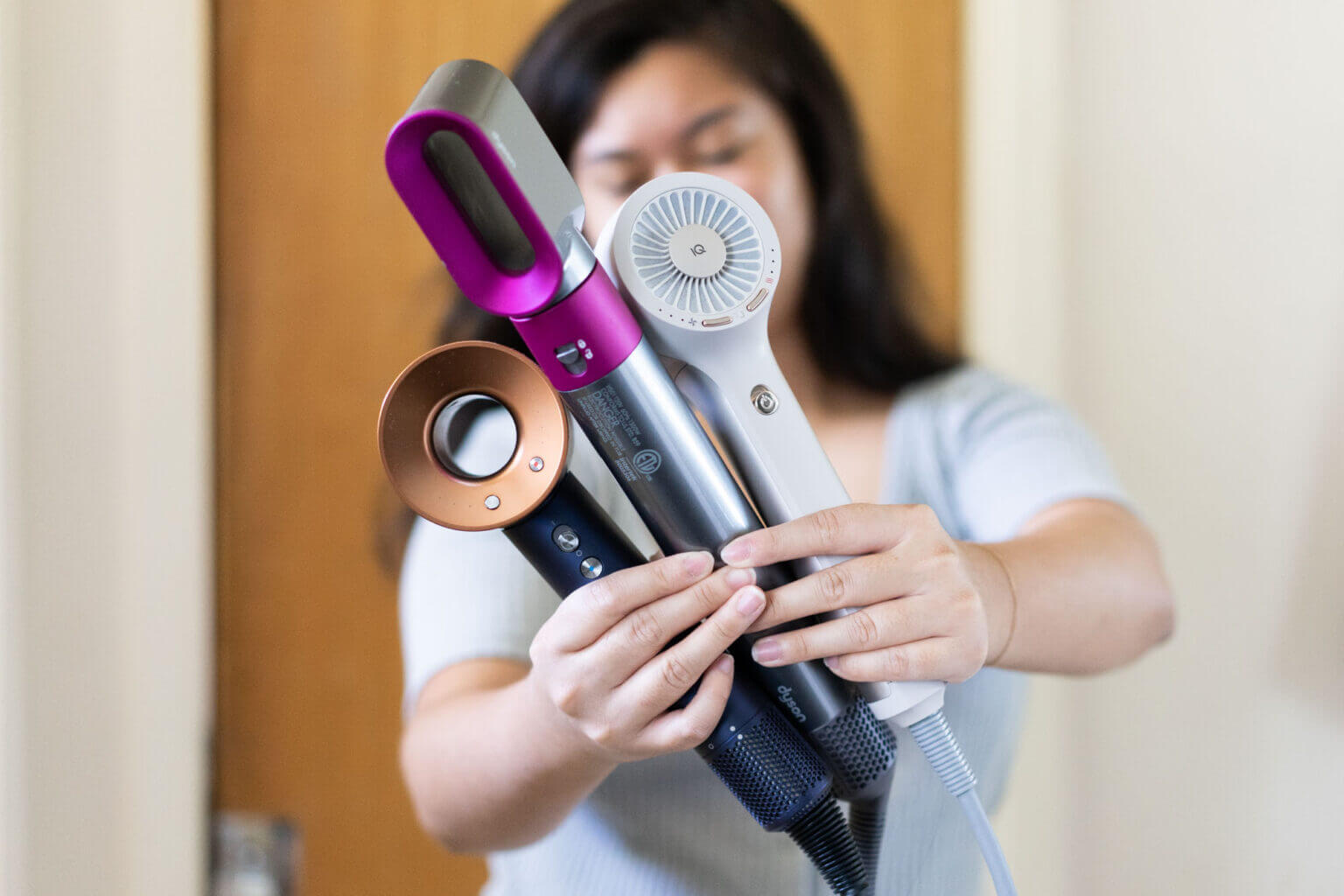
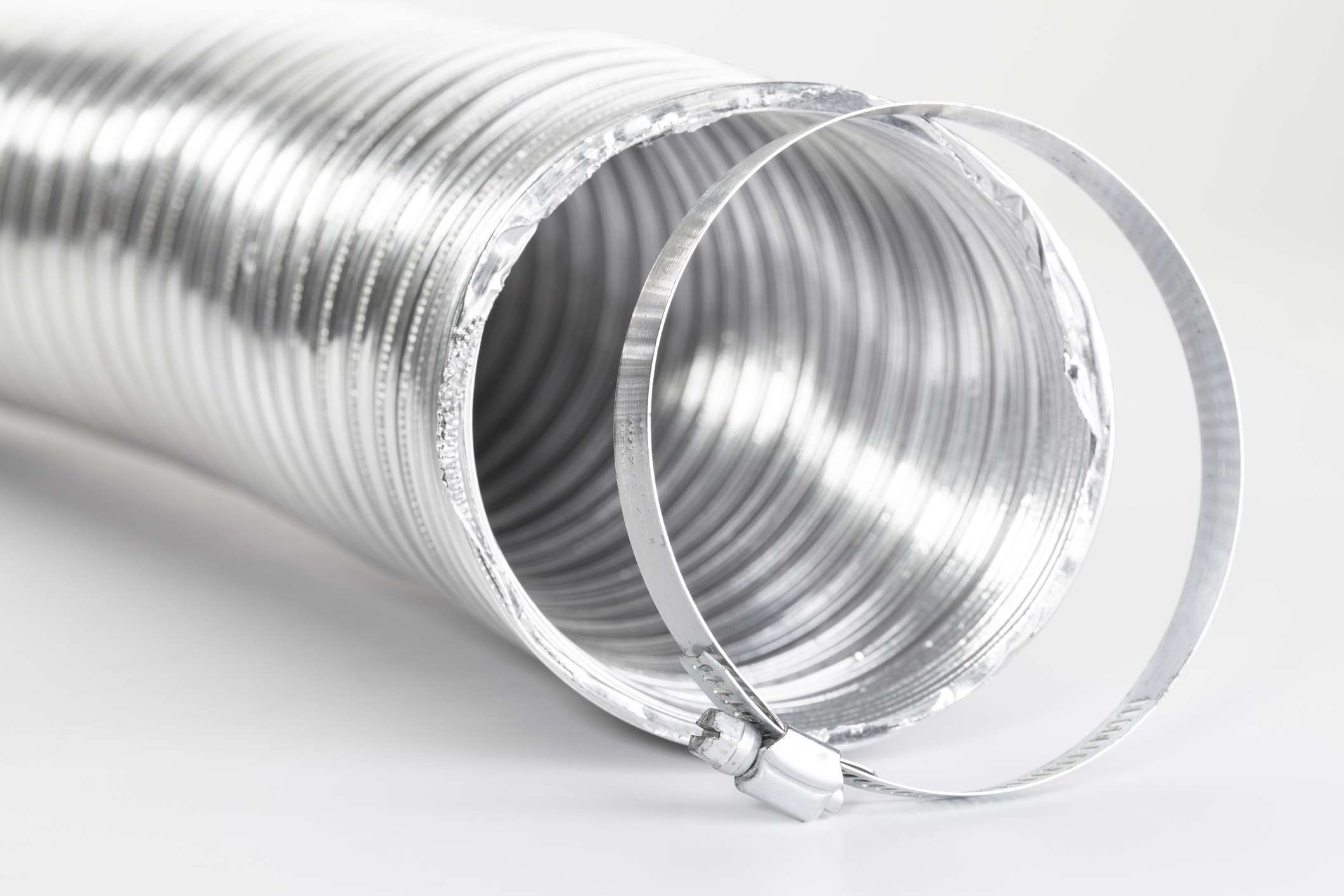

0 thoughts on “How Hot Does A Chimney Get”